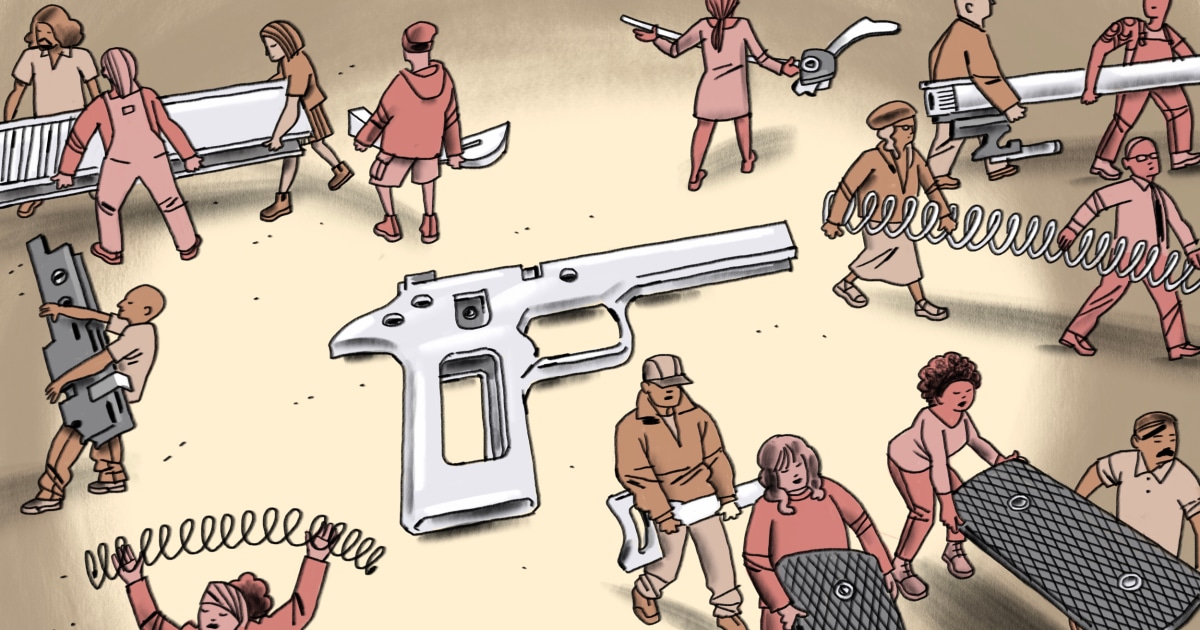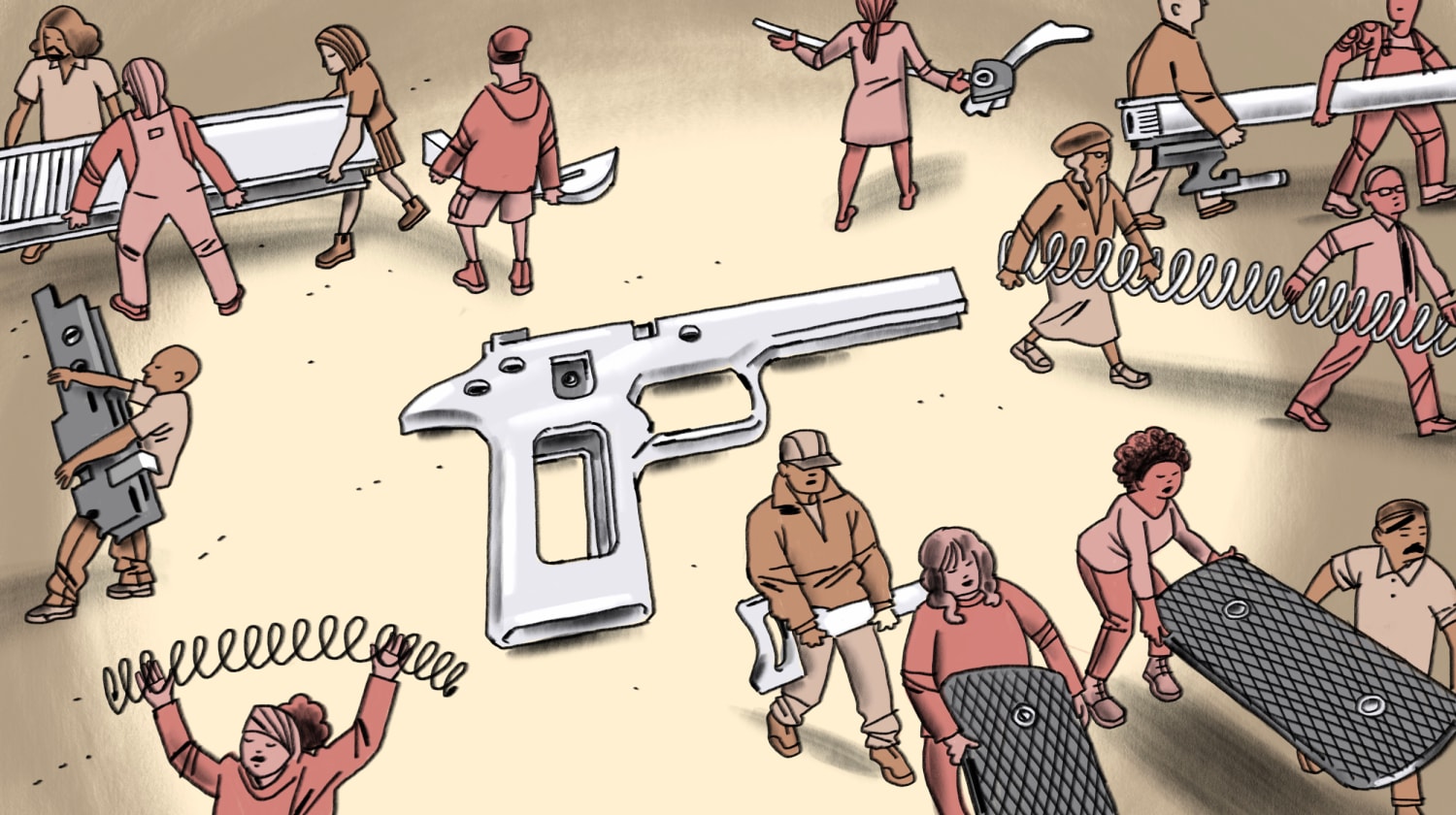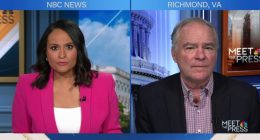
Cities including Philadelphia and Baltimore dropped their programs years ago after funding and elected officials’ interest waned, though they have recently decided to try again in response to rising homicide rates. The cost of the programs in Philadelphia has been estimated at $750,000 a year, and about $600,000 in Baltimore.
“When done well, it can be an effective strategy, but it should never be done absent services,” said David Muhammad, executive director of the National Institute for Criminal Justice Reform, which helped Oakland develop its program. “Enforcement should be a last resort.”
Violence interrupters
This method centers on outreach workers — people with street credibility, often people who have spent time in prison or who have past involvement in gun violence. Trained in crisis intervention, they develop relationships with high-risk people and keep an eye out for simmering disputes, stepping in to help people resolve them before someone fires a gun. The workers also try to steer people into social services.
Interrupter programs have been credited with reduced violence in several big cities, including parts of New York, where a version called Cure Violence, developed at the University of Chicago, helped cut shootings by 40 percent. But researchers say the model can falter if workers aren’t given enough training or technical assistance, or if officials don’t commit to it for the long term. In New York, Mayor Bill de Blasio agreed last year to spend $10 million to expand Cure Violence into four high-crime areas.
Hospital-based intervention
Hospital-based anti-violence programs focus their attention on emergency rooms. While the victim is still receiving treatment, intervention specialists try to dissuade them from seeking retaliation. They also steer victims toward long-term help, not only with their wounds, but also with mental health care, substance abuse treatment, job placement and housing.
A study of one such program, at the R. Adams Cowley Shock Trauma Center in Baltimore, found participants less likely to commit crimes. The program also cut costs of incarceration and health care.
“Our programs are economic development programs,” said Fatimah Loren Dreier, executive director of The Health Alliance for Violence Intervention, a network of hospital-based intervention programs, including Shock Trauma. “We don’t call them that, but one of the core drivers of violence is the inability to meet one’s economic needs.”
Cognitive behavioral therapy
The cyclical nature of gun violence — beefs that boil over into shootings, which spark retaliatory attacks — is driven by chronic trauma that makes people constantly fear for their lives and use firearms to solve problems, experts say. Cognitive behavioral therapy teaches people to come to terms with their trauma and reject violence as a way of resolving disputes. Outreach workers act as life coaches and mentors, maintaining close contact over months or years.
One version, called Advance Peace, pays clients for reaching certain goals. A recent study found it helped drive down gun violence in several California cities, costing them from $375,000 to $450,000 a year. Another version, READI Chicago, has shown promising early results in keeping clients engaged and out of trouble.
“The people I am trying to highlight, the people being shot, no one gives a s— about them because they’re Black or they talk funny or their pants are saggy or they’ve been in prison,” Eddie Bocanegra, senior director at READI Chicago, said. “The $5 billion presents an opportunity to provide services to them, ways to help them heal.”
Biden’s plan comes at a time when homicides and shootings have surged in America, in part because of pandemic-related economic distress and the fallout from the May 25 killing of George Floyd while in the custody of Minneapolis police. Many community-based anti-violence programs, which depend on maintaining close watch over at-risk people, have been slowed by Covid-19 restrictions on social interactions.
The proposal fits in with a larger movement to reduce America’s reliance on police and to make the criminal justice system more equitable, advocates say. Gun violence is the leading cause of death of young Black men and the second leading killer of young Latino men, according to researchers.
Source: | This article originally belongs to Nbcnews.com









